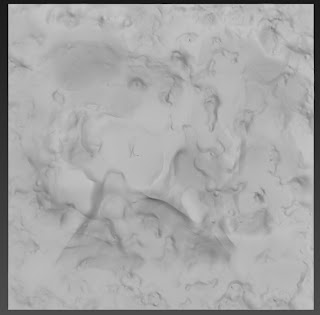My journey begins... and it really couldn't start any more exciting for me
as having the possibility of looking at next gen processes. I Don't know what I
might get out of this (given the limited access that I have to Next Gen engines
and tools), however my focus will lie upon emulating what I think will be good
next gen workflows and techniques for artists using the engines available to us
today.
My first meeting with Josh had me shooting for what I thought what would be
possible to do in the near future (with the dawning of the release of the next
gen engines just around the corner), and where I thought the next gen might be
going. Together we started brainstorming and with a little research I had done
prior to the meeting, we decided to look at tessellation techniques and set-ups
that could help us prepare us to generate "Future Proof assets".
What do we mean by that?
With "Future Proof Assets",
we aim to develop assets that could be easily transferred to a next gen
engine and have it work with all the elements of said engine, without extending
production time for a studio , and thus, without generating more cost for that
studio. to achieve this we must create this asset on an engine that is
available to us now. A good example of why this would be very useful would be
any game that would release close to whenever the next gen arrives. To maximize
profit and efficiency, naturally, a studio would want to release his game on
all possible hardware. However, the production cost and time implications of
re-generating all game assets so that they work on the new engines and justify
the game being on a next gen engine would typically be very large.
We aim to cut the cost and time of production, using assets that we can
create on a "present engine" (such as UDK). These assets must work on
both present, and next gen engines. However the next gen engine version must
take advantage of the technological advancements of the new engine.
(Excuse the crudity of my drawings! :s)
To do this I will be looking at dynamic tessellation on in-game objects. I
believe this is what the industry is moving towards. Understanding how to set
this up and how to keep it cheap on the performance side can be hard... but I
guess it wouldn't be worth doing if it wasn't a challenge!
So stick around, hopefully I will have some sort of approach to this
sometime soon, and hopefully I will receive feedback from anyone who might read
this.









